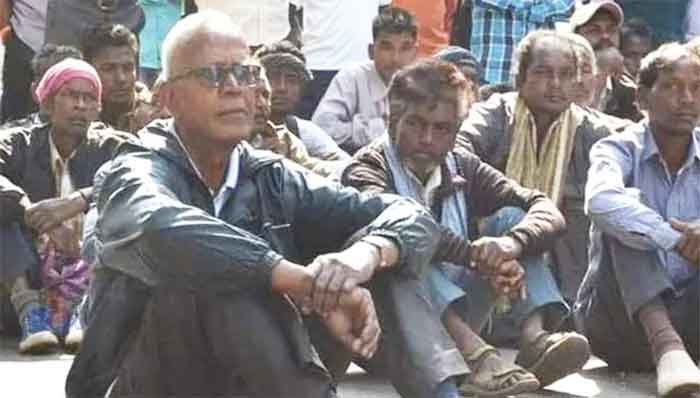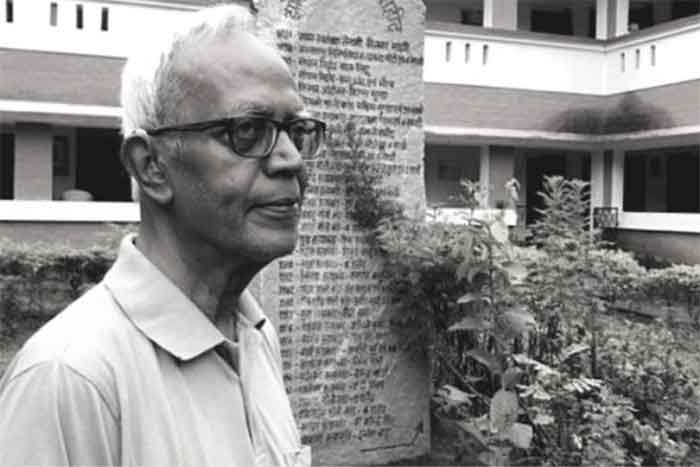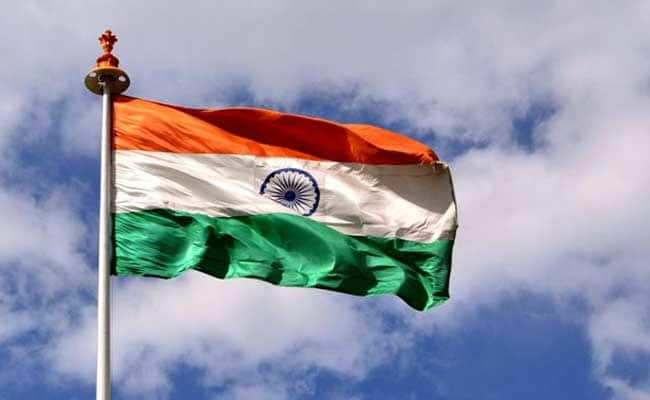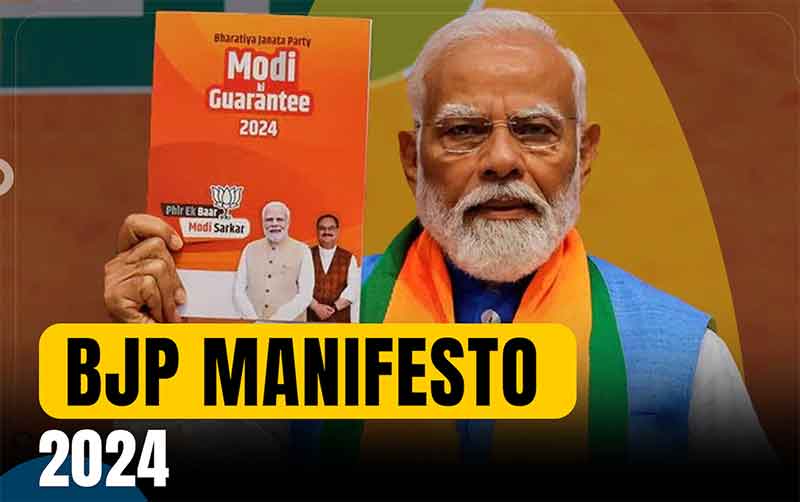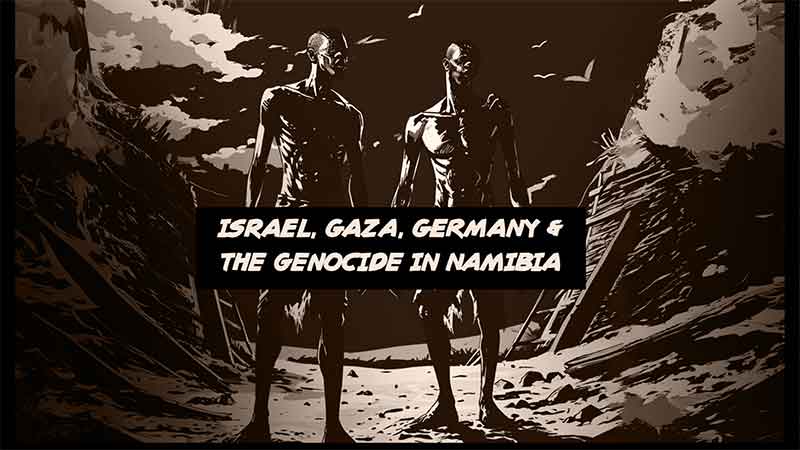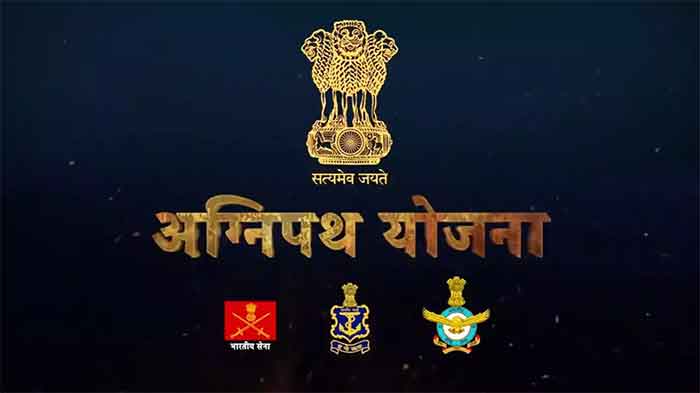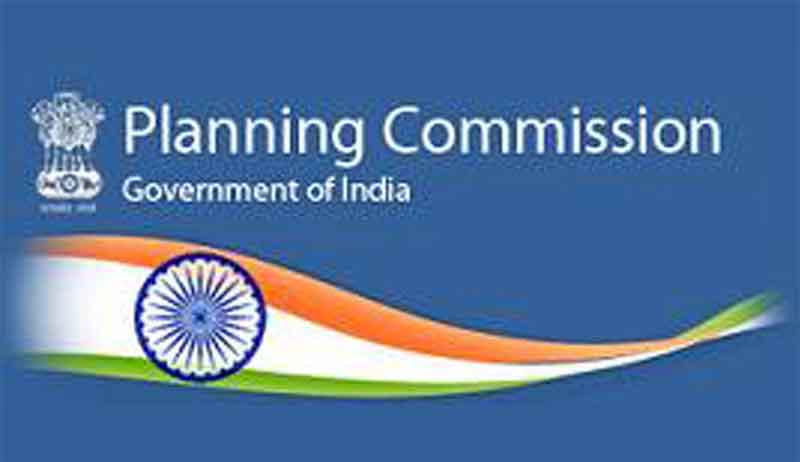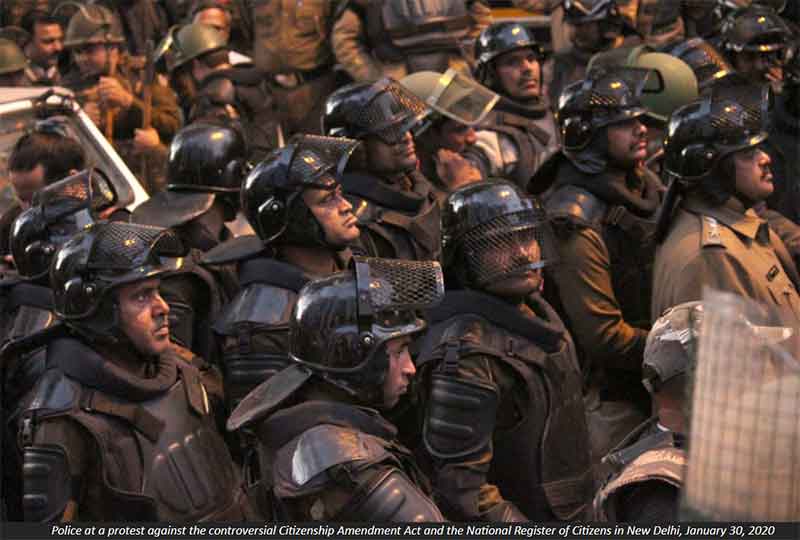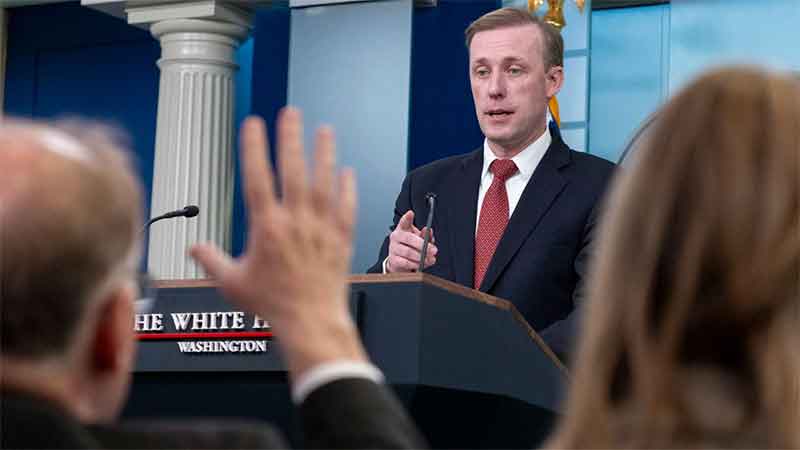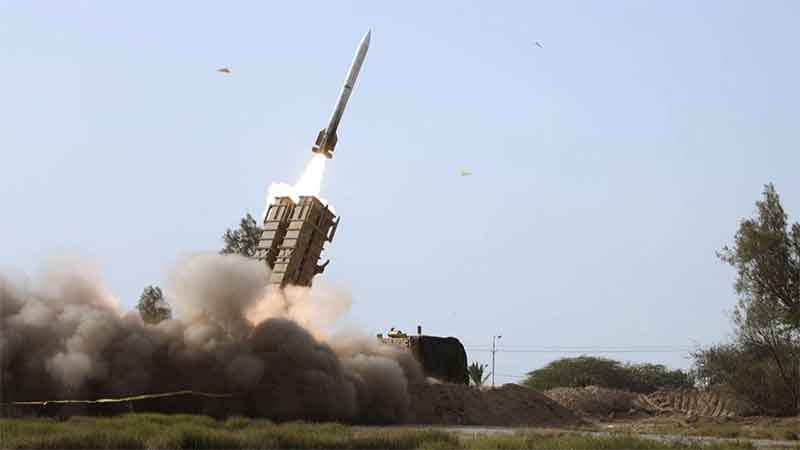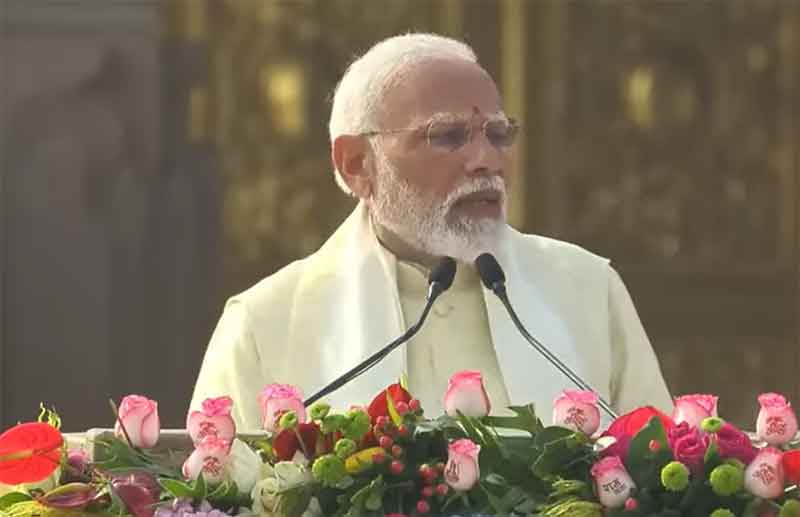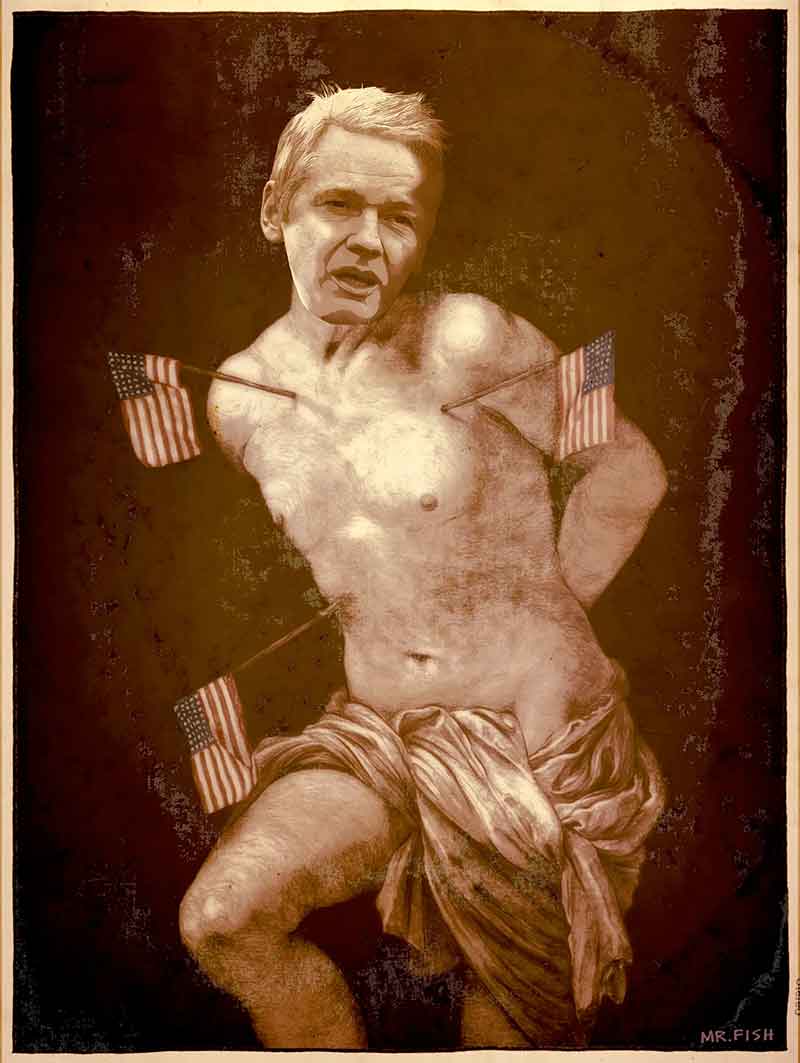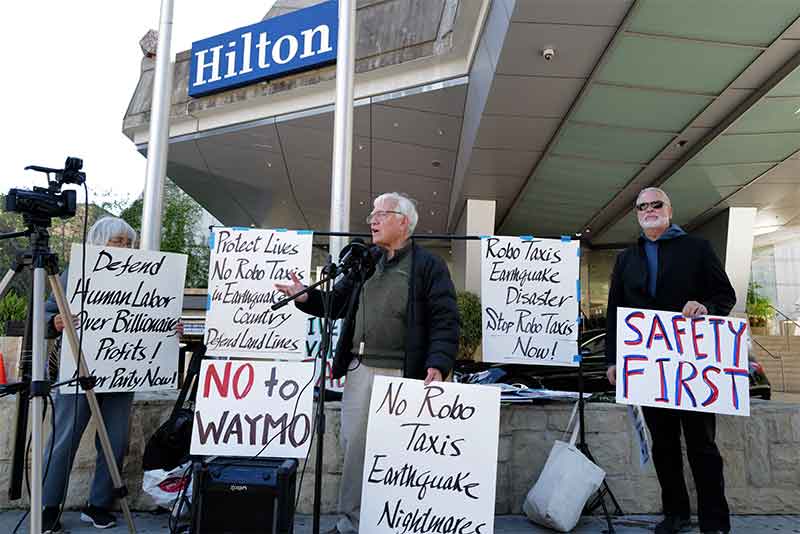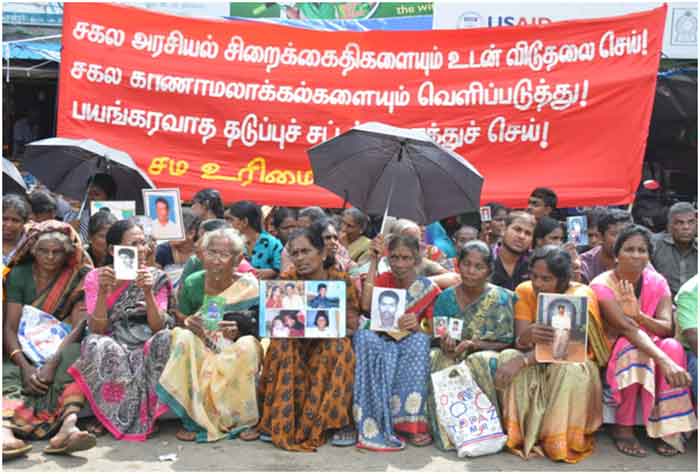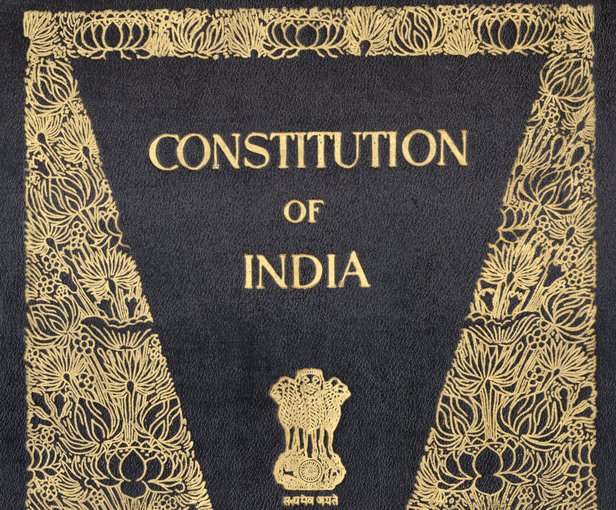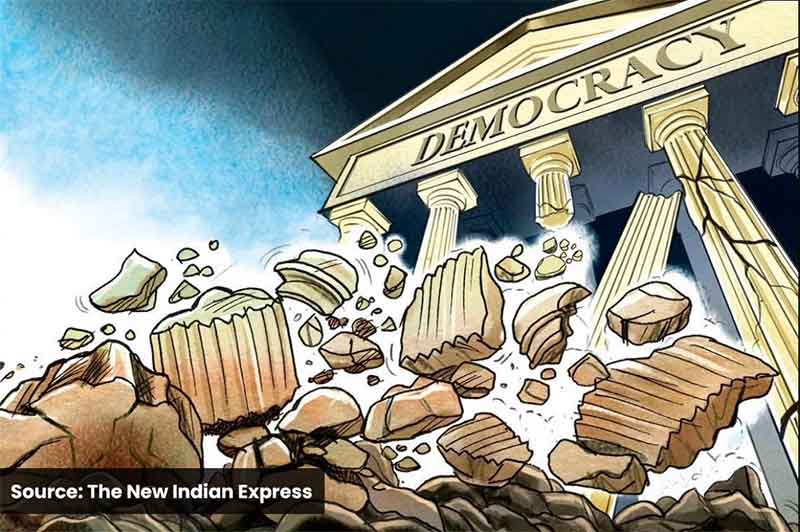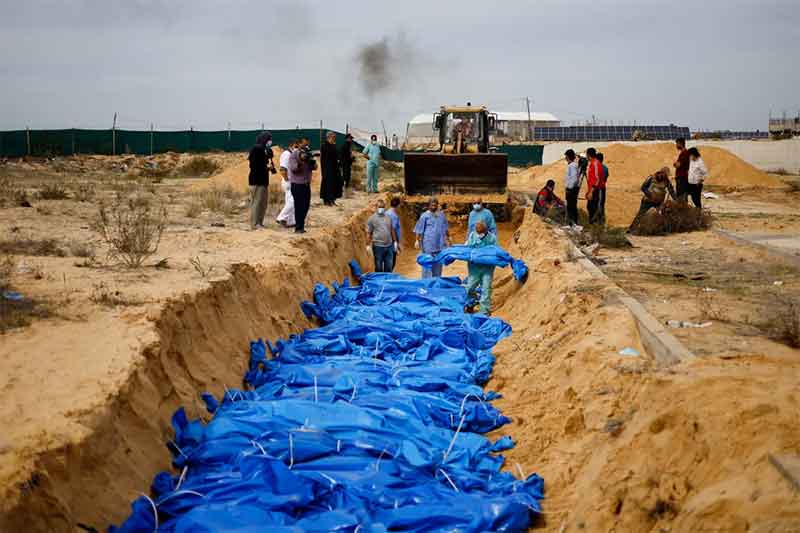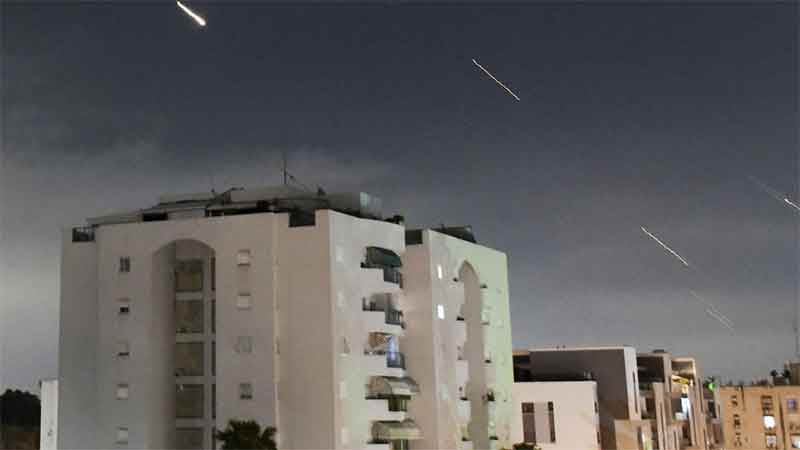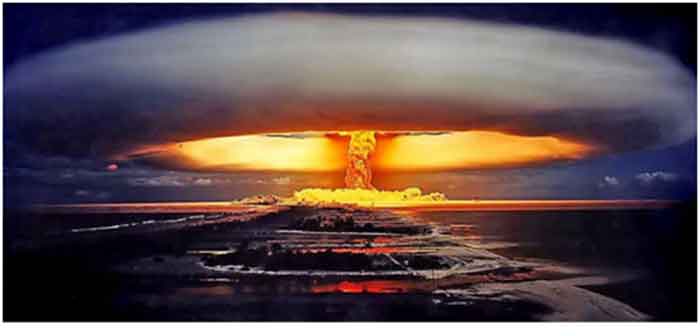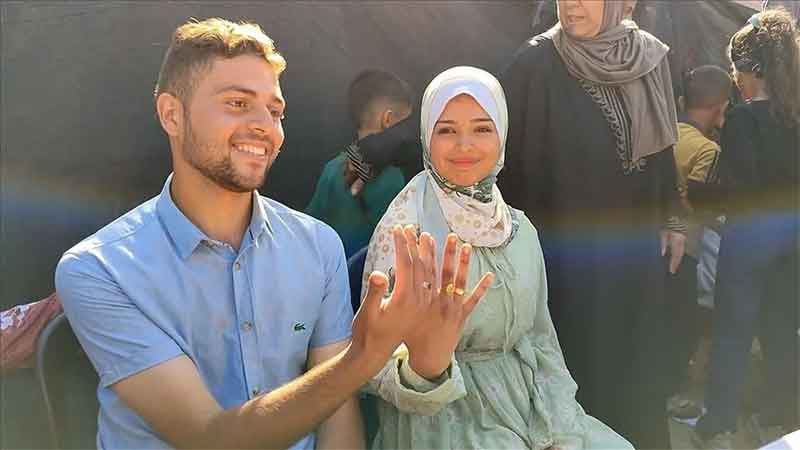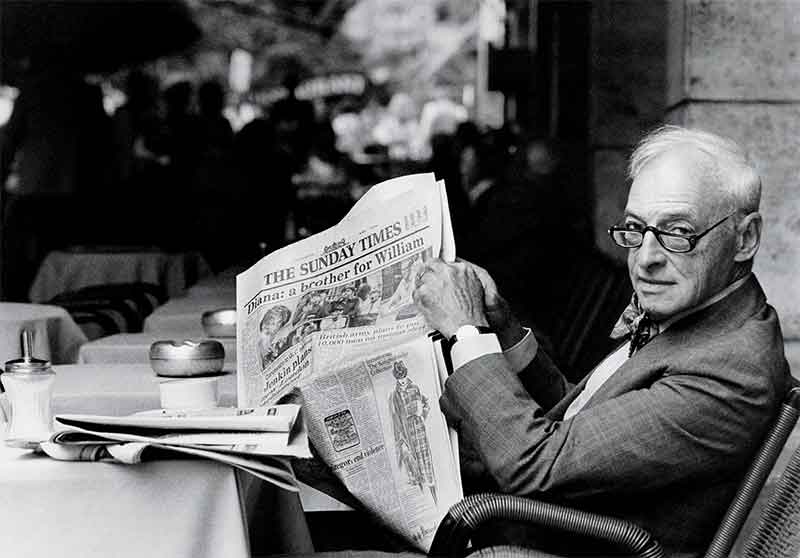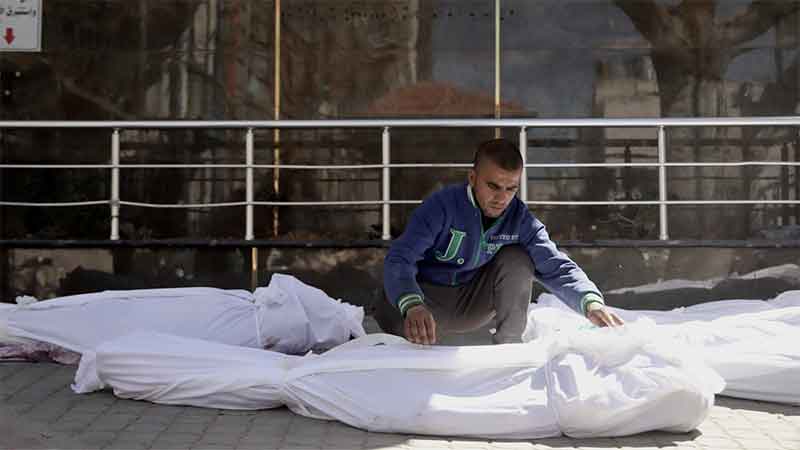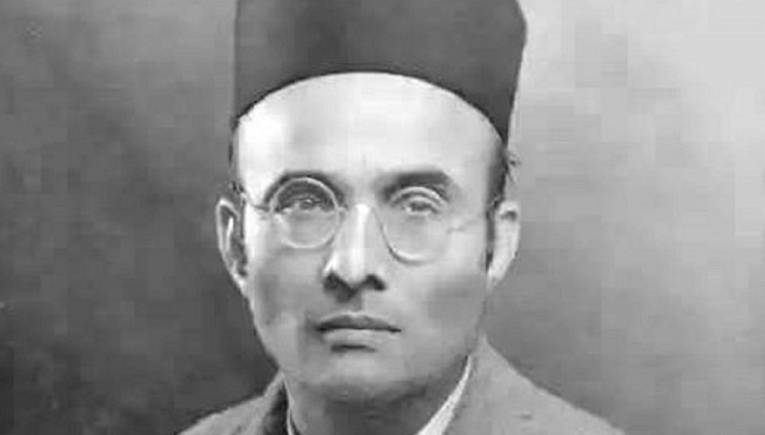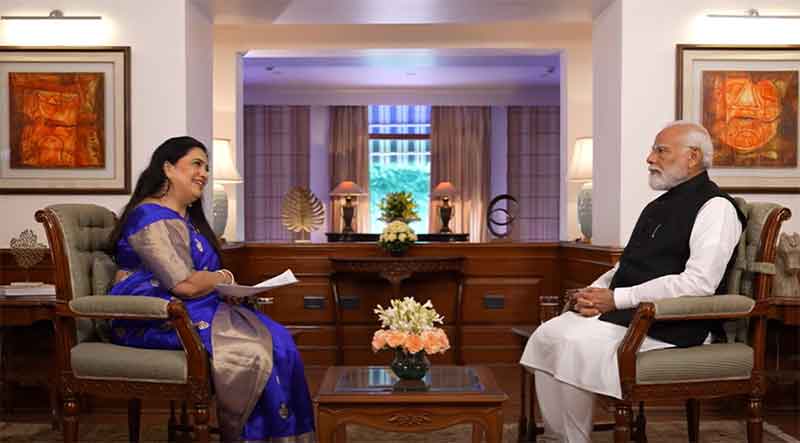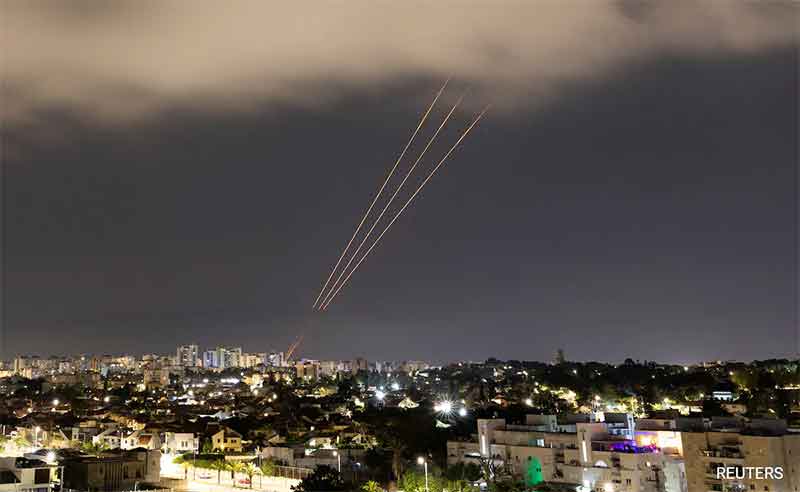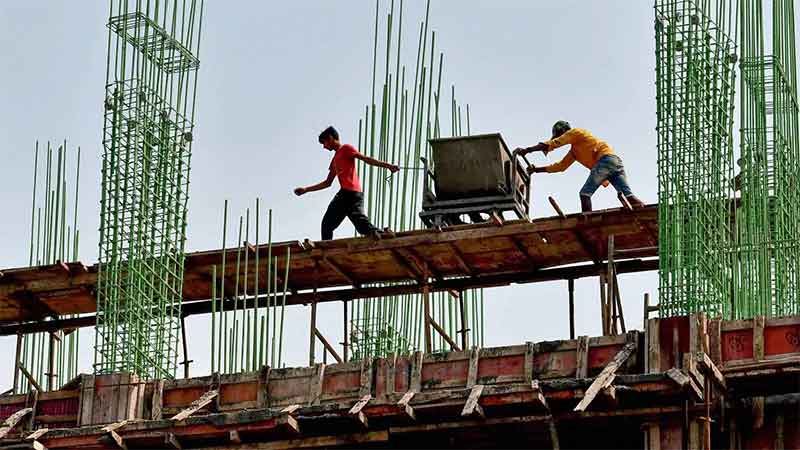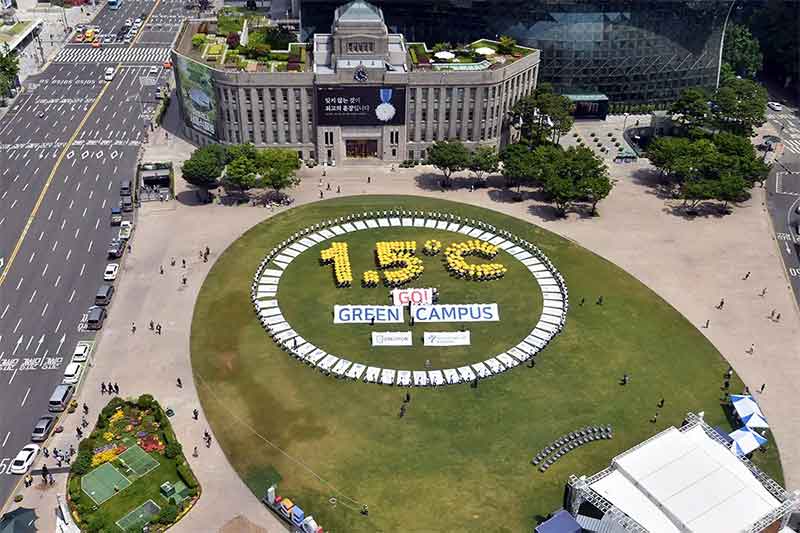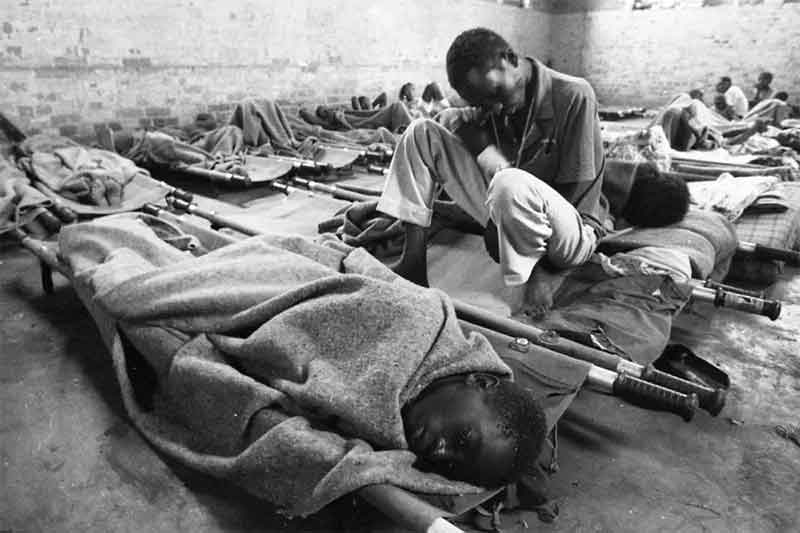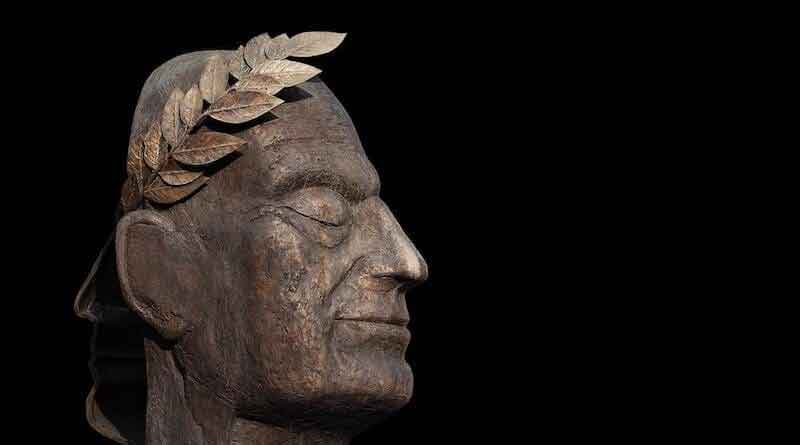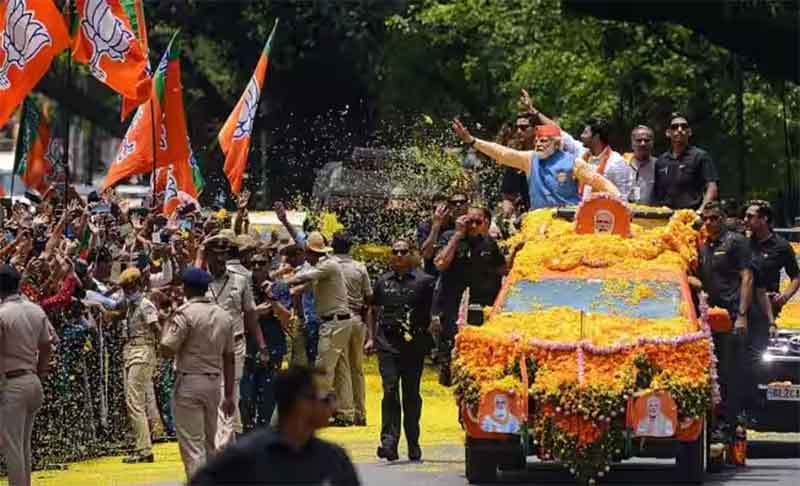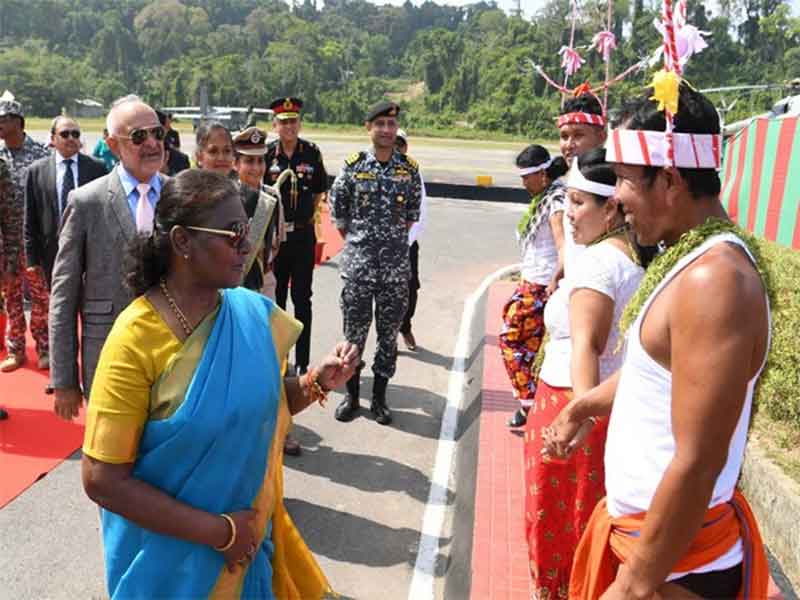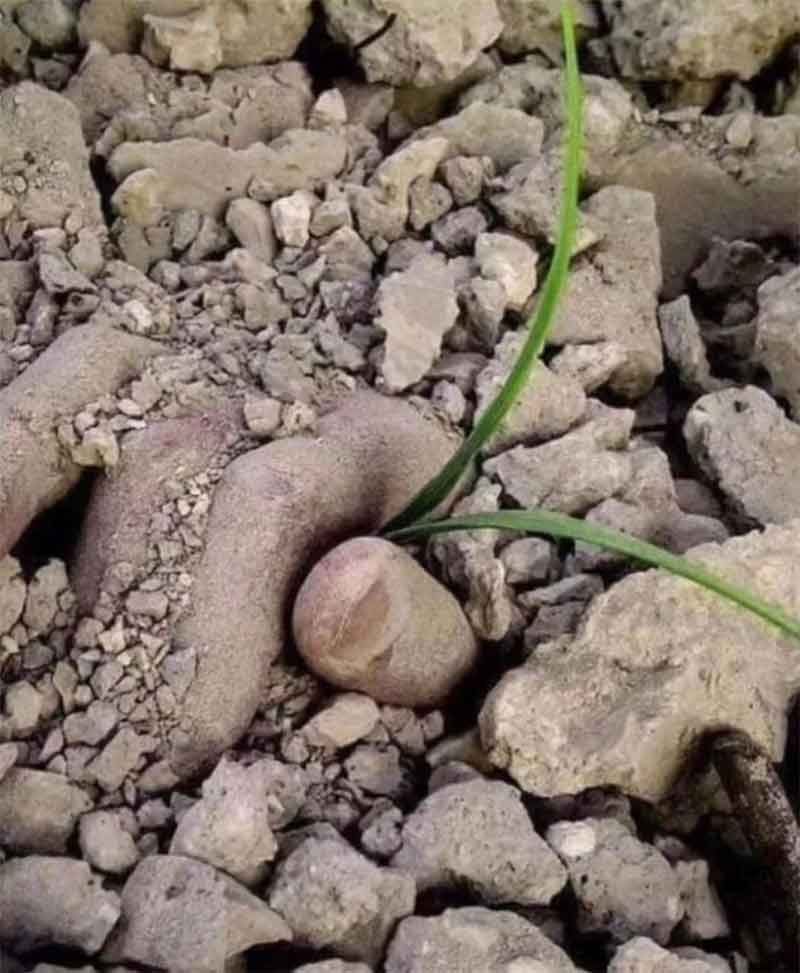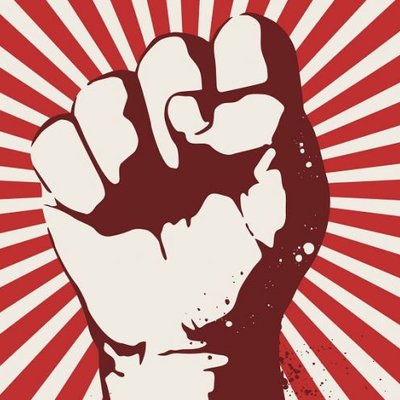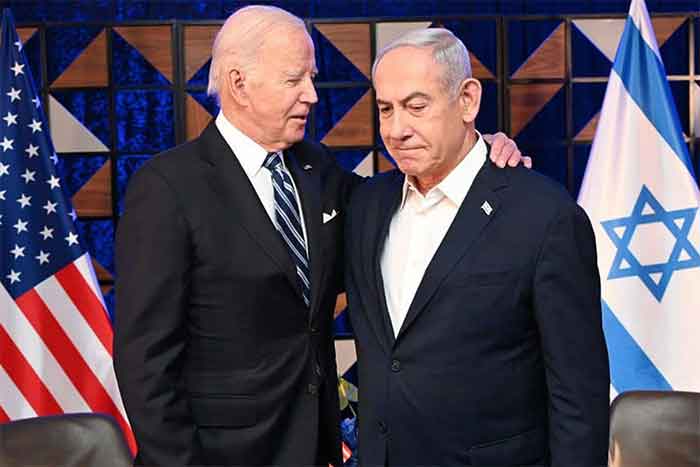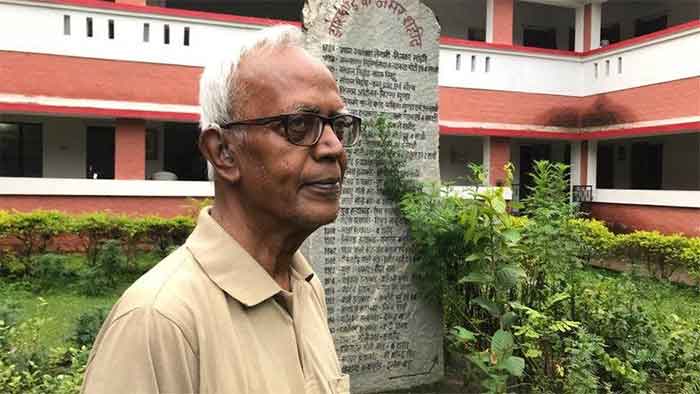
PUDR’s report, Framed to Die: The Case of Stan Swamy, offers an exhaustive account of what lay behind Stan Swamy’s death in judicial custody in a private hospital on 5 July 2021. As is known, he was arrested from his room in Bagaicha ATC campus on 8 October 2020 under S. 120 B, 121 A, 124 A and 34 of the IPC and under S. 13, 16, 18, 20, 38 and 39 of the UAPA. 84 years old Stan Swamy was the last person to be arrested in the Bhima Koregaon case and he was in judicial custody for nine months, in Taloja Central Jail.
Framed to Die addresses why and how the state penalized Stan Swamy under the UAPA, a punishment that precipitated his death in judicial custody. It documents the process by which Stan Swamy was framed, fettered, and finally forced towards a fatal illness under due process of law called the UAPA. The charges levelled reveal the state’s deep prejudice against an upright activist who spent decades in building and empowering Adivasi rights against historic neglect and exploitation.
The report reminds that prior to his incarceration, his failing health was well known, but he was not granted even medical bail let alone regular bail. The NIA and the prison authorities refused to acknowledge the deterioration that he suffered in prison, and they failed to uphold his rights as a prisoner, a right to decent health care and facilities.
The four main chapters address Stan Swamy’s life and politics; how he was framed under the UAPA from 2018 onwards; how the prosecution and the NIA special court thwarted his efforts at obtaining bail; and the specific ways in which the prison conditions as well as the attitude of the prison administration contributed to his deteriorating condition leading to his death.
Stan’s persecution under the law offers an understanding of how many others, including the 15 accused in the Bhima Koregaon case have been similarly punished by the state for their dissenting politics. In the conclusion, the report demands action against the Jailor, Kaustabh Kurlekar for wilful neglect; against the NIA counsel for opposing the medical bails and for misleading the courts into believing that the prison health facilities were sufficient; a judicial probe into the health infrastructure at Taloja Central Jail; the withdrawal of the Bhima Koregaon case and immediate release of the 15 accused; and the repeal of the UAPA and the release of all political prisoners held under it.
You can find the report here.
Radhika Chitkara
Vikas Kumar
Secretaries
People’s Union for Democratic Rights (PUDR)

